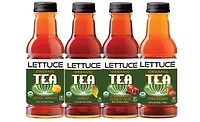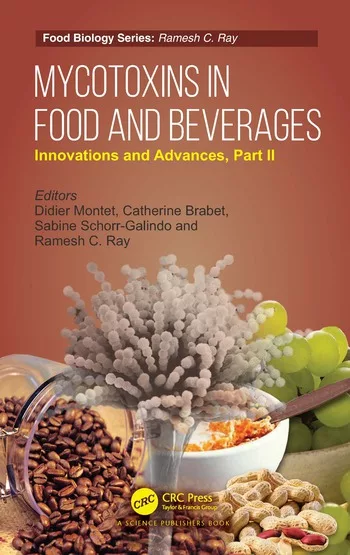Health and wellness contributes to increased use of hydrocolloids
Protein drinks, reduced sugar among beverage trends impacting stabilizers
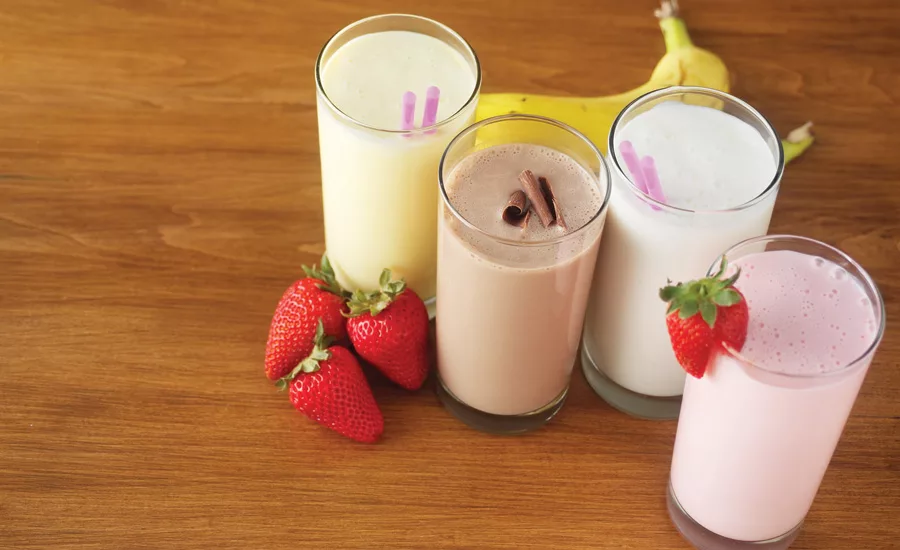
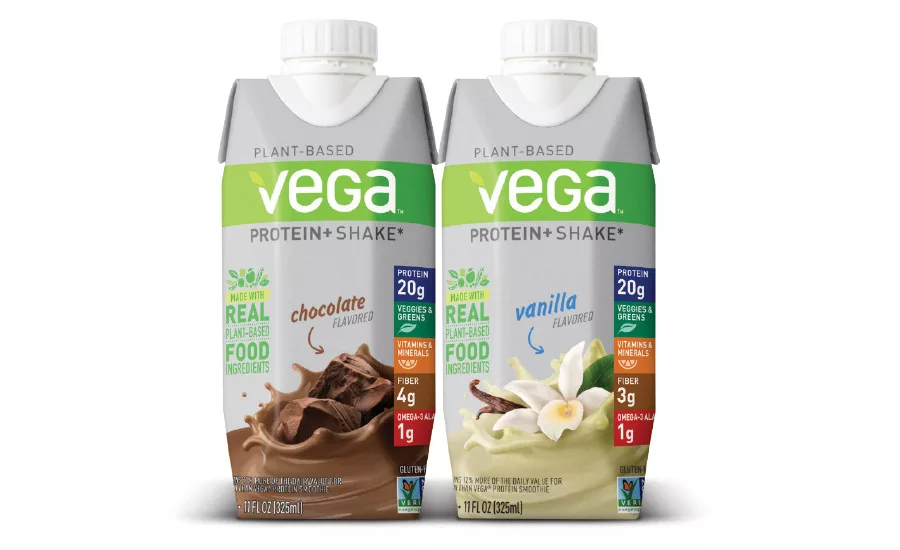
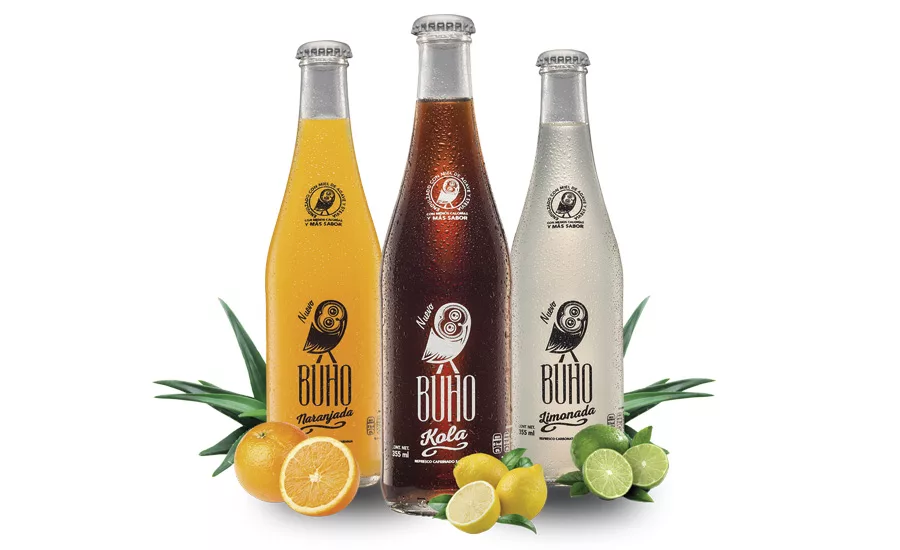
Once a niche trend, health and wellness has gone mainstream as many market research firms have highlighted in reports. As better-for-you options abound throughout the consumer packaged goods market, beverage formulators are turning to stabilizing ingredient sources to maintain product efficacy.
“Trends in health and wellness, functionality, and weight management often go hand in hand, and we've seen interest in all three,” says Adams M. Berzins, solutions technical service project leader for Ingredion Inc., Westchester, Ill. “Typically, each of these categories gets defined by value by addition, as in the case of proteins and actives. Or the category gets defined by value by subtraction, as in the case of calories, sugar or animal-based ingredients. This value by addition or subtraction opens opportunities for stabilization, texture optimization or even texture differentiation by offering a unique eating experience.
“For instance, in protein fortification, proteins can often be perceived as gritty or chalky, so this is the ideal situation for a hydrocolloid-based texture solution,” he continues. “More recently, companies are looking for sugar-reduction solutions because of changing label requirements; therefore, improving texture and mouthfeel are challenges to be considered during the reformulation.”
Pam Stauffer, global marketing programs manager for Minneapolis-based Cargill, also notes how protein fortification and sugar reduction have gained traction within the health-and-wellness movement and are thereby contributing to an increase in hydrocolloid usage.
“According to the International Food Information Council Foundation’s 2016 Food and Health Survey, 64 percent of American consumers seek food and beverages high in protein,” she says. “As protein beverages have increased in popularity, we have seen an uptick in customer interest in hydrocolloids, which are so vital to protein stabilization in beverage applications.
“Increasingly, consumers want beverages with less sugar or lower calories,” Stauffer continues. “The International Food Information Council Foundation’s 2016 Food and Health Survey found that 61 percent of American consumers are trying to limit or avoid food and beverages with added sugars. That demand has many beverage companies searching for options to keep sugar levels in check, while still delivering the same taste and sensory experience as a full-caloric beverage.”
Jane Quartel, global marketing leader of systems and texturants for New Century, Kan.-based DuPont Nutrition & Health, highlights how health and wellness is expanding the opportunities for food and beverage manufacturers alike.
“The beverage industry is at an exciting juncture; there are several trends the industry can capitalize on, [and] one of them is the demand for high protein in food, especially plant protein,” she says. “We see high-protein demand in various market segments, but in beverages the demand is also driven by people wanting a filling, healthy snack they can take with them easily — for adults and children alike.
“Here we see the health-and-wellness trend as well as snacking and on-the-go trends all working to play favorably for the beverage industry,” Quartel continues. “High-protein beverages require stabilization, and we see many customers reaching out to find different stabilizing solutions. We see high levels of interest from the sports and medical nutrition markets, as well as weight-management and meal-replacement segments.”
Keep it clean
Many ingredient suppliers note several reasons why usage of hydrocolloids has expounded; however, other emerging trends are impacting the types of stabilizers that beverage-makers are utilizing in formulations.
“The hydrocolloid market is increasing globally, driven by clean-label trends in the developed countries and by industrialization in emerging markets,” Quartel says.
Marshall Weston, beverage technologist for White Marsh, Md.-based TIC Gums, also highlights how clean label is becoming a more prominent product attribute for beverages. “The clean-label movement has certainly been a challenge for formulators within the food industry for years and continues to become more mainstream,” he says. “Customers demand fewer ingredients on the label, making it difficult to stabilize complex ready-to-drink (RTD) beverages within the health-and-wellness category. With this trend, RTD beverages with traditional stabilizer systems are being reformulated to contain fewer [and] cleaner ingredients.”
Weston adds that through clean-label initiatives, a movement to use organic and natural ingredients has become increasingly prevalent. “TIC Gums has accommodated this by providing organic versions of many different gums,” he says. “In addition, our scientists have formulated both organic and non-organic blends to suit the customer’s needs.”
Brain Surratt, project manager for Cargill Texturizing Solutions, also highlights the impact of clean label and notes how Cargill is fulfilling those requests.
“Growing consumer demand for simplified ingredient statements, as well as natural and organic products, adds even more complexity to beverage formulation,” he says. “Cargill is dedicated to providing clean-label and organic solutions to our customers. Our label-friendly beverage stabilizing ingredients include pectin, citrus fiber, locust bean gum and xanthan gum. Each of these is derived from natural sources and provides unique and effective stabilizing properties.”
Leanne Levy, marketing manager for Atlanta-based CP Kelco, notes that although various hydrocolloids are approved organic products, their usage is much more challenging when it comes to “natural” formulations.
“A number of hydrocolloids are approved for use in organic products, including agar, alginates, pectin, high acyl gellan gum, locust bean gum, guar gum and xanthan gum,” she says. “‘Natural’ is a more challenging trend since the term does not have a firm FDA definition; however, many processers are looking for ingredients derived from nature with minimal chemical modification.
“For example, pectin has seen an increase in use in a variety of applications due to consumer perception and its wholesome reputation as a pantry item. In addition, we are seeing an increase in the demand for non-GMO verified products,” Levy continues. “As a manufacturer, CP Kelco is establishing a wide range of non-GMO verified products to help ensure [that] we provide our customers with the solutions they need.”
Joshua Brooks, commercial director of gum technology for Ingredion, explains that as beverage-makers look to address certain consumer trends, ingredient suppliers are seeing a shift in the types of stabilizers requested.
“About a third of new product rollouts in North America contain one or more hydrocolloid, with xanthan, guar and carrageenan being among the Top 3 gums, respectively,” he says. “It can be challenging for food and beverage companies to replace gums that are highly functional when consumer perceptions change. The increase in demand for gellan gum and locust bean gum is also notable. For those manufacturers who want to replace carrageenan, gellan and locust bean gum combined with other ingredients may be able to mimic the stabilization originally provided by carrageenan in certain protein beverages.”
No shortage of benefits
As beverage-makers evaluate which hydrocolloid to use in their formulations, ingredient suppliers point out that these products can offer a bevy of solutions.
“Hydrocolloids have many benefits for a variety of systems,” says Janae Kuc, principal technologist on the technical development team for U.S. and Canada ingredient solutions CSPI at Ingredion. “Hydrocolloids are highly functional ingredients and not only modify rheology and texture but can stabilize complex products. Depending on the target attribute, hydrocolloids can emulsify, provide suspension and viscosity, protect proteins, provide freeze/thaw stability, and build texture.”
TIC Gums’ Weston also highlights the broad base of benefits that can be realized when using hydrocolloids. “Hydrocolloids are versatile ingredients for many different food applications. Not only do they provide texture to a variety of beverages, they are also capable of emulsifying oils to prevent emulsions from breaking,” he says. “Additionally, gums can function to keep insoluble materials from settling [at] the bottom, as well as protecting proteins from coagulation.”
Cargill’s Surratt highlights that in neutral-pH beverages containing protein and electrolytes, carrageenan can offer many stabilizing benefits, including thickness, viscosity, fat mimetic and creaminess.
“Over the course of a product’s shelf life, protein stabilization is critical in these types of beverage applications,” he says. “Factors such as high water content, low viscosity medium, ionic strength, and lipid and/or particulate suspension are the most common ‘pieces’ for scientists to manage. Control measures such as carrageenan help solve this stabilization puzzle.”
However, neutral-pH beverages are not the only avenues in which beverage-makers are capitalizing on the stabilizing qualities of hydrocolloids.
Wen J. Shieh, technical leader for fruit, beverage and confections at Cargill Texturizing Solutions, adds that as protein usage has grown, more beverage manufacturers are amalgamating juice and dairy. The combination of these beverage bases has benefited from the use of hydrocolloids.
“In these acidic-pH, smoothie-style beverages, protein precipitates out of the solution, resulting in a chalky taste,” he explains. “To stabilize proteins in this pH environment, product developers turn to high-methoxyl pectins such as Unipectine AYD or Vitex AYD pectin. These pectins coat the surface of the protein, preventing sedimentation problems.”
Benefits also have been realized as reduced sugar gains traction. “Hydrocolloids also play an important role in reduced-sugar beverages, where maintaining mouthfeel is one of the big challenges,” Shieh says. “Reduce the sugar in a formulation, and consumers will find the mouthfeel of the beverage is lacking. To help product developers create reduced-sugar beverages that deliver on consumers’ mouthfeel expectations, Cargill has developed a proprietary technology which uses tribology to shorten product development time.
“By incorporating hydrocolloids into low-caloric beverages, we can restore the mouthfeel to the beverage,” he continues. “Using this advanced technology, Cargill developed the Trilisse QMF hydrocolloids system, specifically to support the beverage industry. These proprietary texturizing blends optimize and improve mouthfeel in reduced-calorie beverages.”
Can supply meet demand?
Although hydrocolloids have experienced increased demands, the ability to meet the requests can be a challenge because of the raw material nature of many of these ingredients.
“The supply chain and raw material availability is a significant challenge for the food ingredient industry, as we depend on finite crops that are impacted greatly by harvest conditions — sometimes they are favorable and sometimes they are not,” DuPont’s Quartel says. “On top of that, we must also predict what the market needs are in any given year, which is difficult enough; however, we must predict those market needs as much as two years in advance.”
Recognizing the impact the supply chain can have on its portfolio of stabilizers, CP Kelco has taken steps to mitigate those variables.
“Over the past few years, there have been supply issues due to weather and availability of raw materials,” Levy says. “At CP Kelco, we have taken action to secure the supply chain for our pectin products by vertically integrating a peel processing plant as well as investing in capacity expansion projects globally.
“We have enhanced our production flexibility by expanding gellan gum capabilities to our Okmulgee, Okla., plant in addition to our San Diego facility,” she continues. “We have redundant supply options for all of our major product lines.”
Yet, ingredient suppliers note that supply chain and raw material variances are not the only challenges impacting hydrocolloids.
“Hydrocolloids can never be thought of being used in a vacuum,” DuPont’s Quartel explains. “When we talk about system solutions, for example, we go beyond just the ingredient and talk to customers about any processing constraints the manufacturers might have, as the choice of solution will depend very much on the processing and the equipment, as well as the desired functionality of the finished drink/beverage.” BI
Looking for a reprint of this article?
From high-res PDFs to custom plaques, order your copy today!





